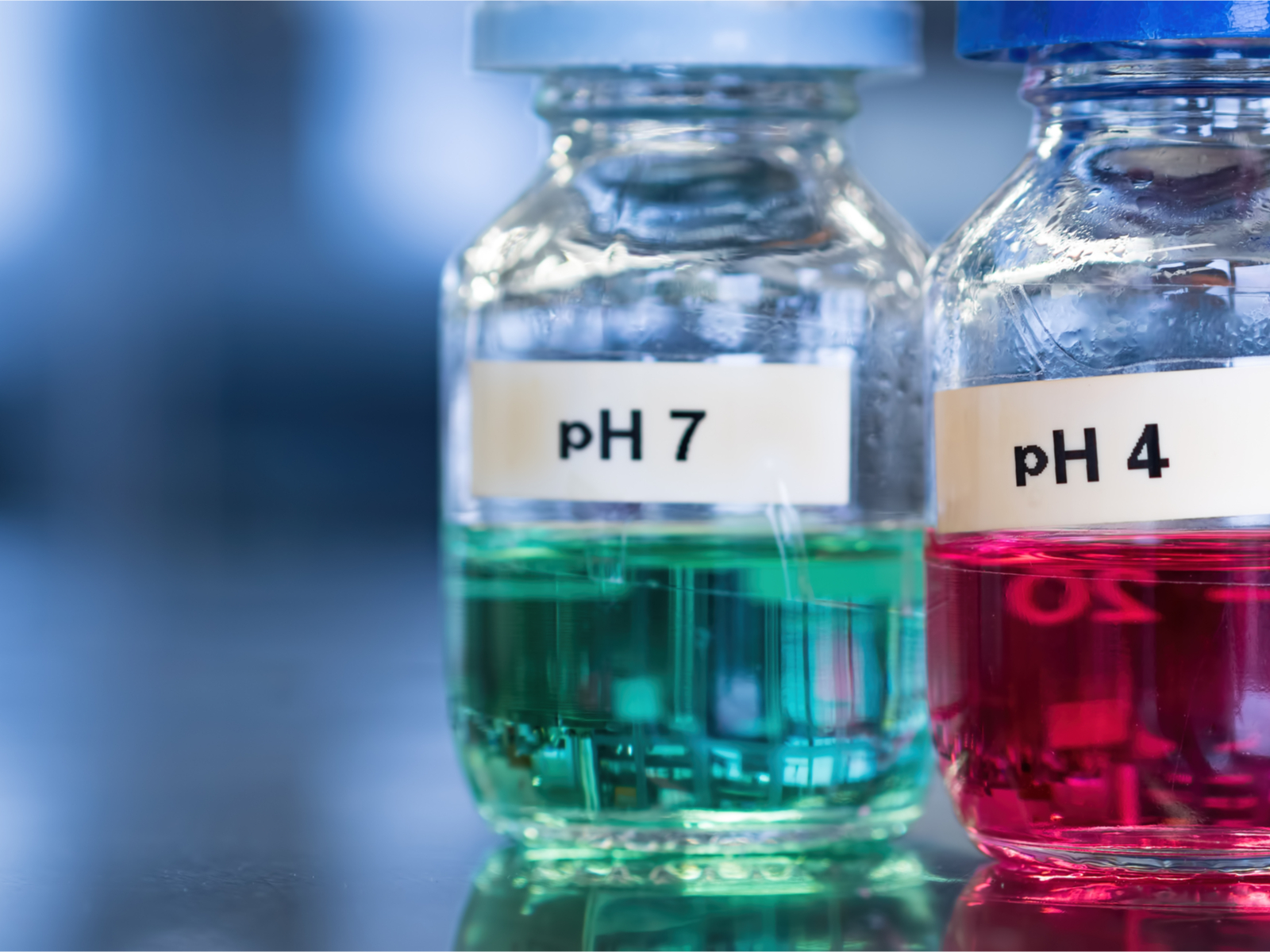All about that base
Our ChemSci pick of the week introduces the most powerful class of non-ionic carbon “superbases” to date, which could offer new reaction pathways.

Picture: © Shutterstock
It's likely that one of your first chemistry lessons in school taught you the difference between acids and bases – and how their interaction is a fundamental aspect of chemical reactions. The stronger they are, the higher the energy released: and the higher the tendency of a very strong base to activate a reaction partner to behave as an acid.
And despite being one of the first things you learn about chemistry, this remains an area of exciting and impactful research – as demonstrated by the design, simple synthesis and characterisation of a novel family of carbon superbases in this week’s Chemical Science.
The paper’s corresponding author, Jörg Sundermeyer from Germany's Philipps-University Marburg, said: "Defining the strongest and stable base of its class will definitely have an impact on catalysis of chemical transformations, maybe even in industrial applications – making them possible, more sustainable and avoiding waste."
The bases in question are a new generation of carbodiphosphoranes (CDPs), incorporating pyrrolidine, tetramethylguanidine, or hexamethylphosphazene as substituents. The authors were able to experimentally verify theoretical calculations of the super-basicity, demonstrating pKBH+ values in the low thirties.
Until now, the synthesis of such uncharged bases has been predominately nitrogen-based, rather than carbon.
"One reason might be that their synthesis is not as simple as that of nitrogen bases, their base competitors," said Sundermeyer. "Furthermore, a good base catalyst needs to provide a water-stable protonated form. Both simple synthesis and water-stable protonated form are provided with our piece of research."
The superbases had a low molecular weight, which is particularly interesting as basicity enhancement usually results in an unwanted increase in weight. Lower molecular weights can potentially solve practical issues such as insufficient solubility, and also mean that less base is needed for reactions, which may lead to a cost saving for future applications.
This article is free to read in our open access, flagship journal Chemical Science: Sebastian Ullrich et al., Chem. Sci., 2019, Advance Article. DOI: 10.1039/C9SC03565F. You can access our 2019 ChemSci Picks in this article collection.